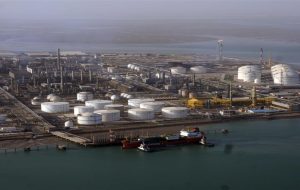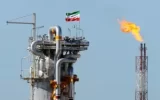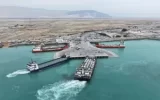
Bandar Imam becomes the giant of Iran’s petrochemical paper projects
Bandar Imam Petrochemical, the beating heart of the downstream chain of Iran's petrochemical industry, is currently facing a $1.4 billion project; a project that, in relation to the company's 8 trillion tomans profit, has raised serious questions about the economic logic, financing method, and the silence of Persian Gulf Holding.

harvesting more than 51% of Iran’s oil reserves; The necessity of acceleration in the development of increased technologies
The Director of Research and Technology of the National Iranian Oil Company, announcing that more than 51% of the country's recoverable oil reserves have been harvested, emphasized: the countries of the region have moved with increasing speed towards the use of new technologies for increased harvesting, and Iran is bound to accelerate the development and localization of these technologies in order to protect the remaining reserves and sustainable production.

A 25% increase in the limit of the contract between the Northern Drilling Company and Caspian Oil
Shamal Drilling Company, the exploratory drilling contractor in the Caspian Sea, announced an increase of 25% of the initial contract amount in some contract cases with the Caspian Oil Company.
Breaking News

The quality of gas delivered to the country is high and complies with standards

Sufficient fuel has been stored for Nowruz

South Azadegan crude oil processing unit launched

Fuel supply for vehicles continues to be done through a smart system

Oil Minister: Nowruz gasoline quota is under review

Growth in the country’s oil and gas added value

Demand for natural gas to increase by 32% by 2050

Persian Gulf Holding’s Extraordinary Ordinary General Assembly was held

US announces readiness to implement sanctions against oil production in Iran





